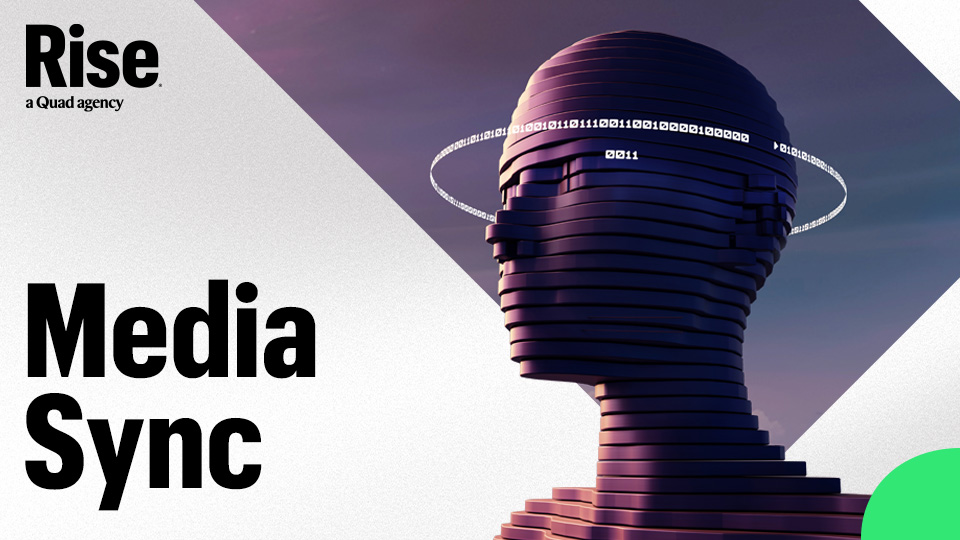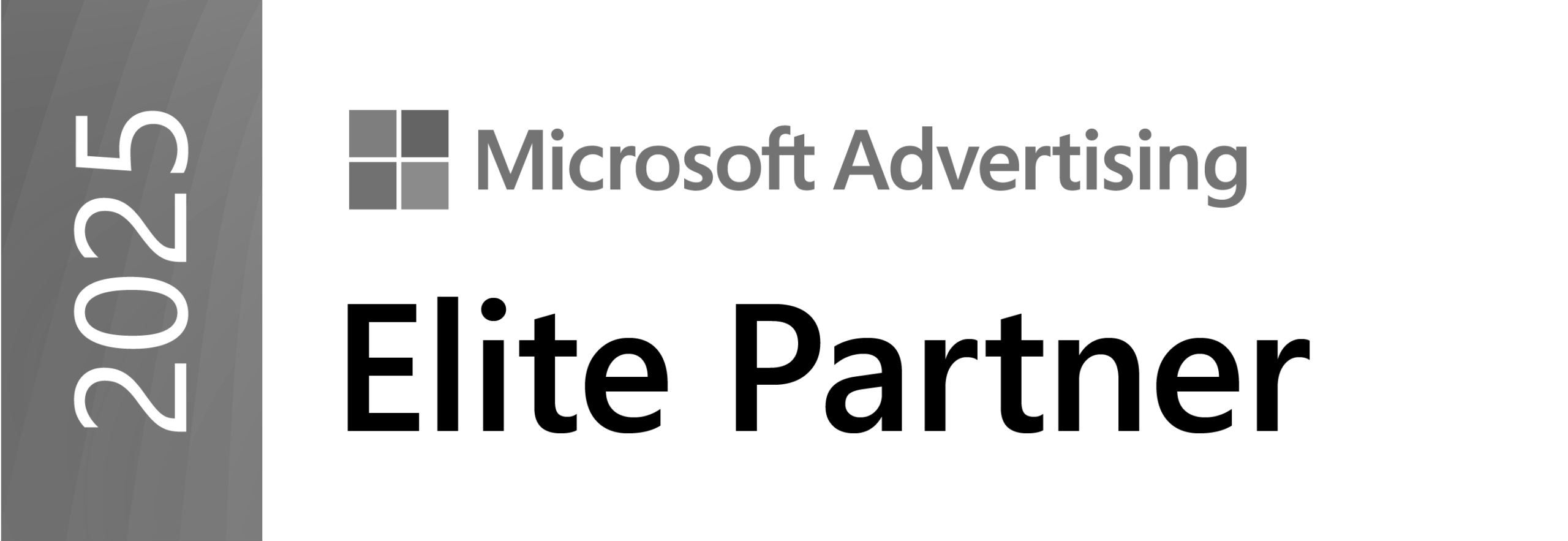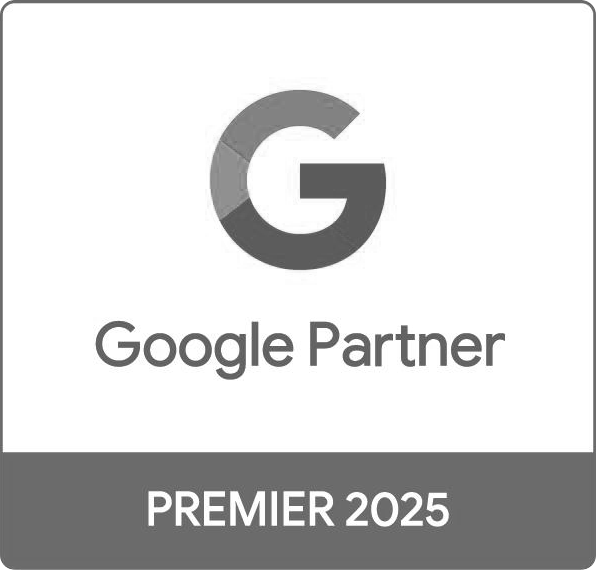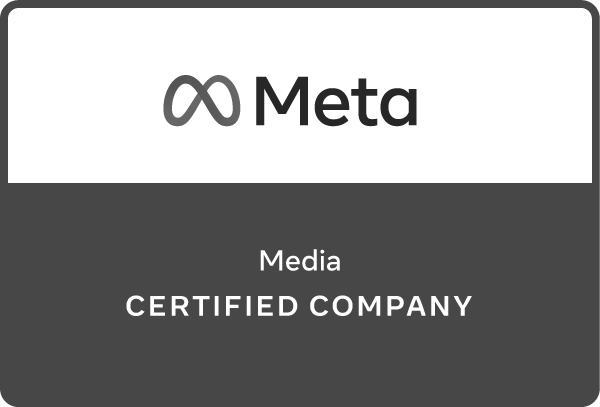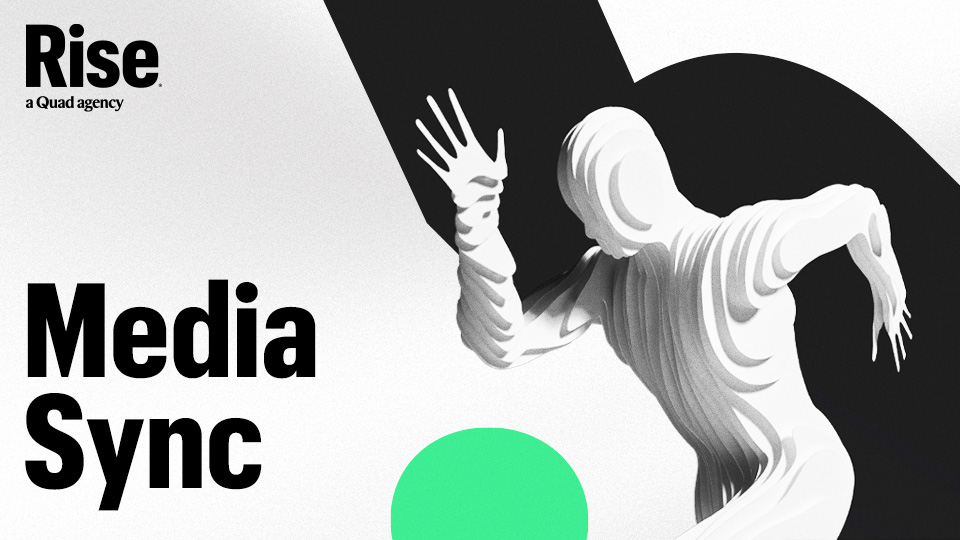
Rise Media Sync is a new column from Rise that quickly summarizes media and platform news of interest to marketers. Here are five key developments the Rise team is monitoring:
1. OpenAI nears launch of AI-powered web browser to rival Google Chrome
What’s happening: Reuters broke the news that OpenAI is preparing to release its own web browser.
What we know:
- The browser will reportedly keep users in ChatGPT-style interface, minimizing the need to click out to other websites.
- The move comes in the wake of Perplexity launching its Comet browser on July 9.
- AI agents embedded in OpenAI’s browser will be able to complete tasks on behalf of users, such as booking or purchasing directly within the browsing session.
- Built on Chromium, the browser allows OpenAI to maintain control over data collection, rather than relying on third-party integrations.
Early indications and perspective: For advertisers, this introduces a new AI-native environment that blends search, chat and transactional behavior. If the browser gains traction — Reuters notes that ChatGPT already has 500 million weekly users — it could weaken Google’s grip on digital ad targeting and shift traffic flows away from traditional search. Marketers should closely watch adoption trends and begin testing AI-optimized content formats.
2. DoubleVerify and IAS launch attention measurement tools on Snapchat
What’s happening: DoubleVerify and Integral Ad Science have released new products to measure user attention on Snapchat.
What we know:
- DoubleVerify’s DV Authentic Attention for Social measures ad focus, dwell time and attention on Snapchat.
- IAS’s Snap Attention Measurement delivers a bespoke Snapchat attention score using AI and eye-tracking via its IAS Signal platform.
- Both tools rely on Lumen Research’s eye-tracking technology and aim to help advertisers benchmark engagement and optimize media spend.
Early indications and perspective: These new tools reflect a shift from basic reach metrics toward deeper engagement insights, giving marketers more actionable data on Snapchat. In an attention-fragmented media environment, these solutions can help advertisers understand not just if ads were viewed but how actively users engaged. The use of AI and eye-tracking adds credibility and precision, especially for brands targeting younger, mobile-first users. As these tools roll out across more platforms, advertisers can expect attention-based metrics to become central to campaign optimization strategies.
3. Meta expands Messenger marketing features
What’s happening: Meta is enabling brands to send promotional direct messages to users who opt in.
What we know:
- Brands can now re-engage opted-in users in Messenger with promotional messages through personalized or broadcast DMs, using CRM data, custom audiences or click-to-Messenger ads.
- Meta has added new metrics, such as cost-per-click delivered message and cost-per-message link click, to better measure impact.
- Brand pages are limited to one daily marketing message per user to prevent spam.
Early indications and perspective: This move reflects Meta’s strategic push to make direct messaging a performance channel, mirroring recent updates to WhatsApp. By integrating CRM data and audience targeting with Messenger, Meta is encouraging brands to build loyalty through ongoing, opt-in engagement. The daily message cap balances utility with user experience, reducing the risk of ad fatigue. Marketers focused on retention should watch for early results from pilot marketers, including Nestlé Philippines, for clues on how to scale this effectively.
4. Amazon partners with more major publishers to feed Rufus
What’s happening: Amazon has expanded its data-licensing deals to additional major publishers to supply content for its Rufus AI shopping assistant.
What we know:
- Amazon just added Condé Nast and Hearst to its Rufus AI shopping agent’s data partners.
- The partnership gives Amazon to a wide range of A-list content. Condé Nast publishes titles including Vogue, The New Yorker and Vanity Fair, while Hearst’s stable includes Cosmopolitan and Esquire.
- The move follows a similar deal that Amazon struck with The New York Times in early June that, as Digiday reported at the time, “allows Amazon products, like Alexa speakers, to use summaries and short excerpts from NYT stories and recipes.”
Early indications and perspective: Amazon’s latest data partnerships highlight a growing trend of publishers monetizing content through AI licensing agreements, continuing to set important industry precedents.
5. Google plans to deprecate ad-sharing API
What’s happening: Google is phasing out ad sharing in favor of asset-based formats, requiring advertisers to create unique ads per ad group starting October 2025.
What we know:
- The API sunsetting will come in two phases: Google will block creation of new shared ads starting in mid-October, then stop serving existing shared ads (and initiate auto migration) in Q1 2026.
- This change forces advertisers to shift from shared ad templates to individualized creative assets within each ad group.
- Google recommends using responsive search ads and Performance Max campaigns as alternatives to shared ad structures.
Early indications and perspective: This change signals Google’s commitment to moving away from template-based advertising toward more granular, AI-optimized creative delivery. Advertisers relying heavily on shared ad structures will need to restructure campaigns and potentially increase creative production to maintain scale. This may increase workload initially but should ultimately improve ad relevance and performance through more effective targeted messaging. Advertisers should begin auditing current shared ads, exploring options for early migration and developing workflows for creating unique assets at scale to avoid disruption.
Other media/platform news we’re watching:
If you made it this far, here’s a fun fact: Humans can’t walk in a straight line without a visual reference point.



